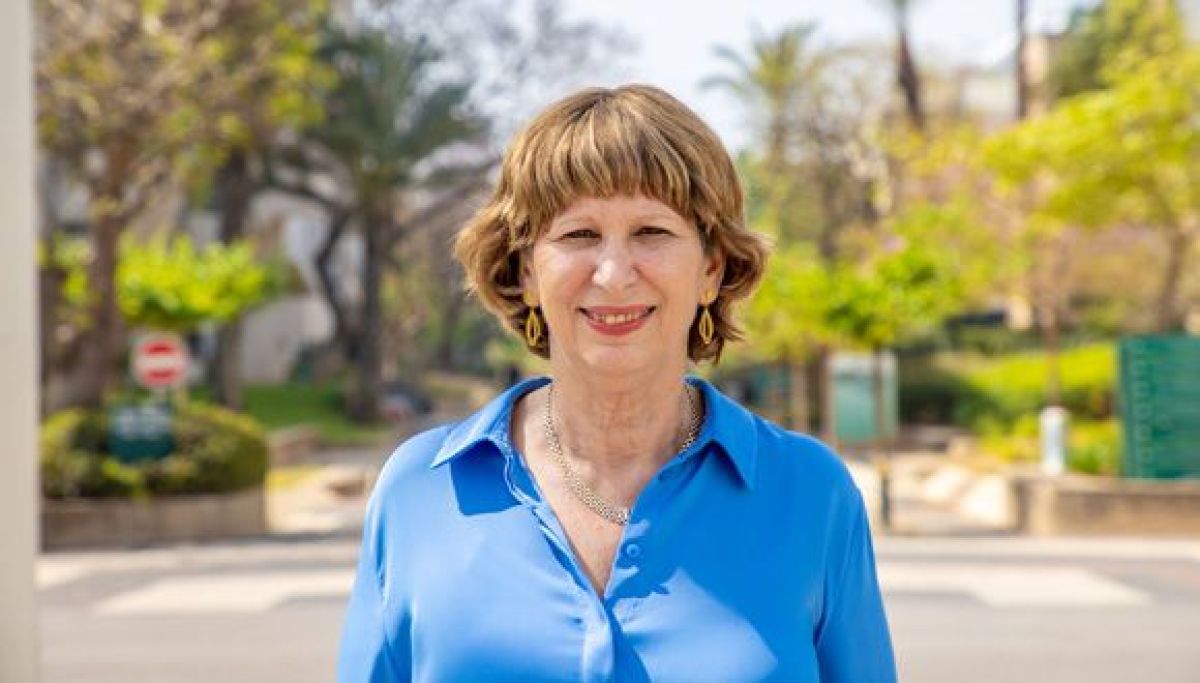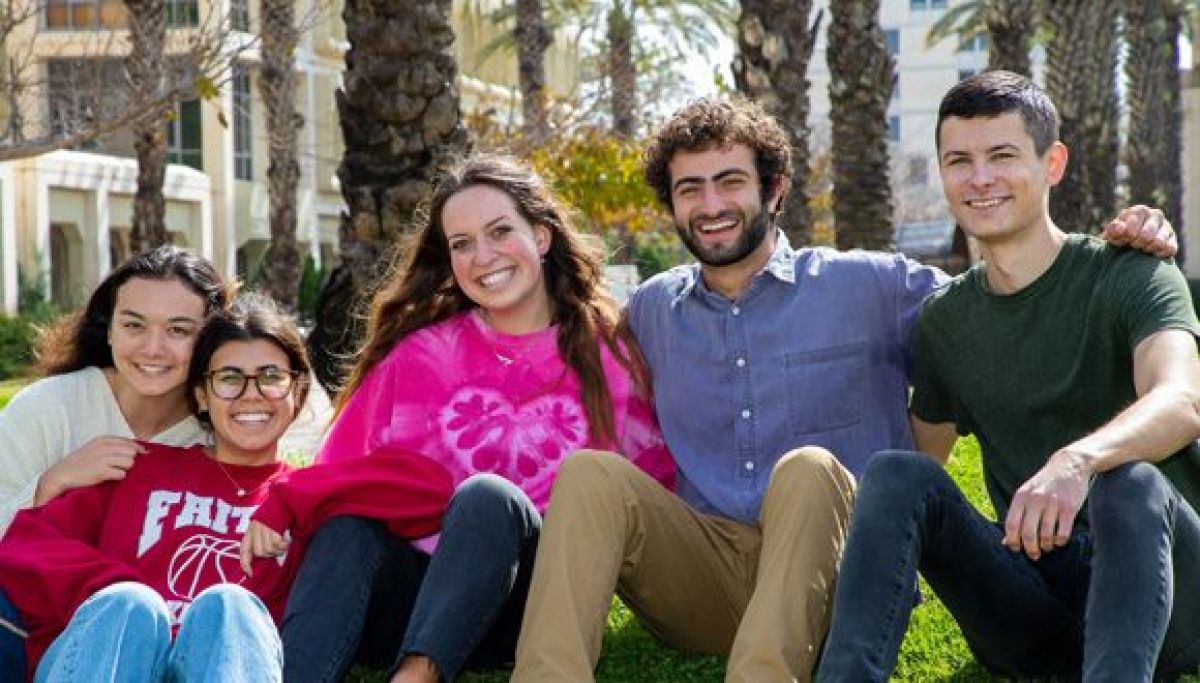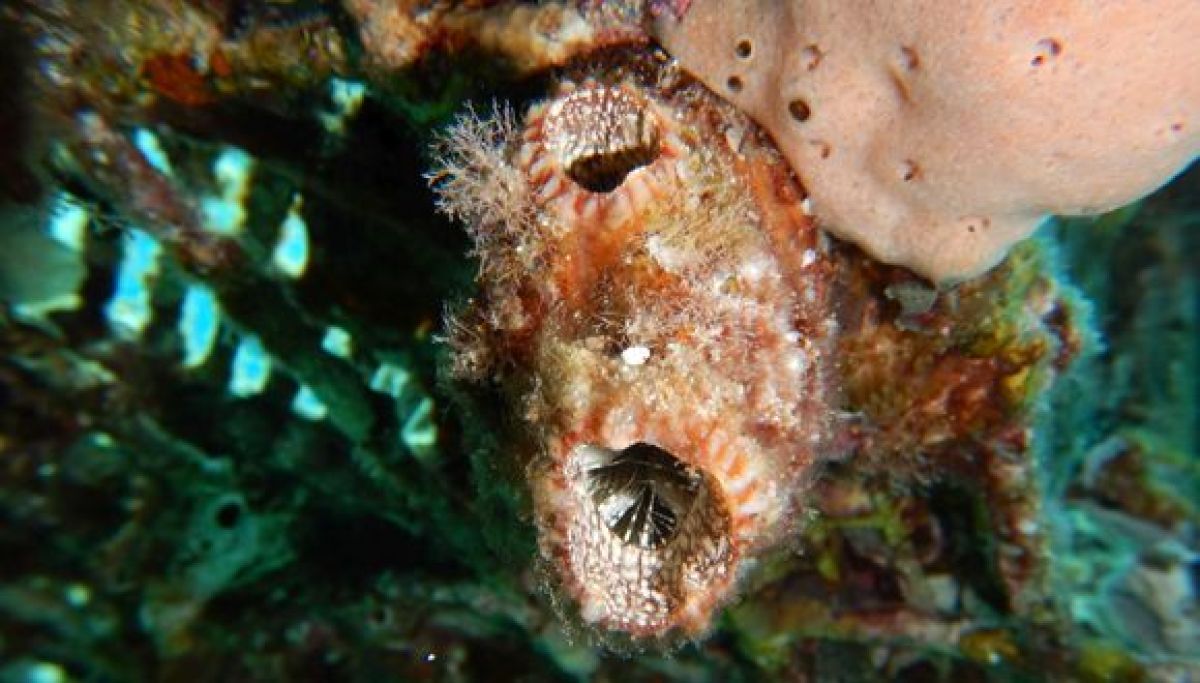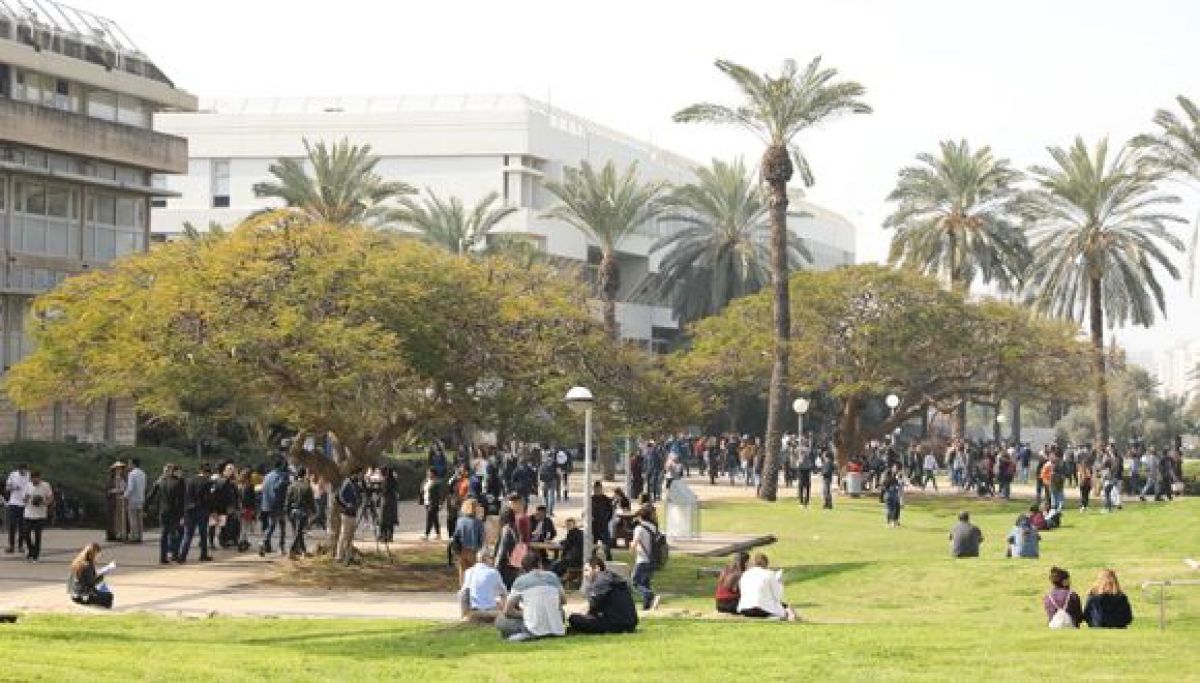What do the governments of Canada, German football club Borussia Dortmund and the Global Imams Council all have in common? They have all adopted the Working Definition of Antisemitism. And they’re not alone – a new study from the
Kantor Center for the Study of Contemporary European Jewry at Tel Aviv University’s
Lester and Sally Entin Faculty of Humanities has revealed that over the past 5 years more than 450 leading organizations, including 28 countries, have adopted or endorsed the Working Definition of Antisemitism, formulated and officially adopted by the International Holocaust Remembrance Alliance, IHRA, five years ago today. At the same time, however, recent reports indicate a disturbing rise in anti-Semitic manifestations toward Jews in hotspots worldwide. Recent weeks have been characterized by displays of violence, animosity and defamation, worse than those observed during the past year’s pandemic.
Hatred Running Wild
The reports were received from places all over the world, in particular through the international network established by the Kantor Center several years ago, which includes about 60 participants who regularly send in information about antisemitism in their countries of residence.
Dr. Giovanni Quer conducted the study and emphasizes that we are facing a mixed trend: On the one hand, we are witnessing a positive development, as in a relatively short period of five years, 456 high-impact international organizations and 28 leading countries have adopted the Definition and are working to eradicate antisemitism; governments have allotted funds for protecting Jewish communities and leaders have professed support for their countries’ Jews. On the other, antisemitism is running wild in the social media and in the streets, and there appears to be a gap between declared policies and events in the field.
Antisemitism Defined
According to the Working Definition of Antisemitism, as phrased by the International Holocaust Remembrance Alliance: “Antisemitism is a certain perception of Jews, which may be expressed as hatred toward Jews. Rhetorical and physical manifestations of antisemitism are directed toward Jewish or non-Jewish individuals and/or their property, toward Jewish community institutions and religious facilities
… Manifestations might include the targeting of the state of Israel, conceived as a Jewish collectivity… Antisemitism frequently charges Jews with conspiring to harm humanity, and it is often used to blame Jews for ‘why things go wrong’. It is expressed in speech, writing, visual forms and action, and employs sinister stereotypes and negative character traits.”
Prof. Dina Porat, former head of the Center emphasizes: “All of these have been observed in events now taking place daily all over the world”.
Who have adopted the working definition by IHRA?
The list of countries that have adopted the Working Definition of Antisemitism includes the US, Canada, Germany, Austria, Belgium, the UK, the Netherlands, Hungary, Sweden, Italy, France, Spain, Greece, Czechia, Luxemburg, Kosovo, Cyprus, Argentina, Uruguay and more.
The Definition has also been adopted by many organizations around the globe, including dozens of institutions of higher education and student councils, leading religious institutions – including the prominent Moslem organization Global Imams Council, and sports clubs, including Chelsea in the UK and Borussia Dortmund and Bayern Munich in Germany. Many business corporations, including Volkswagen, Daimler and Deutsch Bank, have also adopted the Definition.
The materials used for mapping the adoption of the Working Definition of Antisemitism were collected in cooperation with students of the
Struggle Against Antisemitism Program of the School of Tourism at the University of Haifa, headed by Prof. Gabriel Malka and Dr. Elie Vinocour.
A Useful Tool
Dr. Quer explains that the Working Definition is in its essence a non-legally binding document. Instead, it is a useful tool that can facilitate the effective and accurate identification of certain expressions/activities as antisemitic in nature, as part of the global struggle against antisemitism. Its purpose is to assist entities authorized to enforce already existing laws and regulations – such as courts of law, government offices, police forces, parliaments etc.
According to Dr. Quer, once adopted, the Definition is applied in the field in many cases, facilitating lawsuits, the cancellation of demonstrations and events with antisemitic contents, fights against discrimination against Jewish students at universities, and more. Thus, for example, following the adoption of the Definition, mayors and managements of academic institutions in different countries have canceled mass events with antisemitic features that were contradictory to the Definition.
No guard against the “New Antisemitism”
At the same time, Dr. Quer emphasizes that the encouraging trend of the Definition’s expanding adoption is no guard against the growing worldwide phenomenon of “New Antisemitism” – antisemitism disguised as political stances against Israel and Zionism. “Unfortunately, over the past year we have seen a radicalization of anti-Israel standpoints, which are in fact fully and clearly antisemitic,” he adds. “The reports received at the Kantor Center reveal that in many cases severe manifestations of racism and blatant antisemitism are presented as ‘legitimate criticism’ of the state of Israel and its’ government’s policies.”
 Tel Aviv University: A powerhouse in innovative water R&D
Tel Aviv University: A powerhouse in innovative water R&D

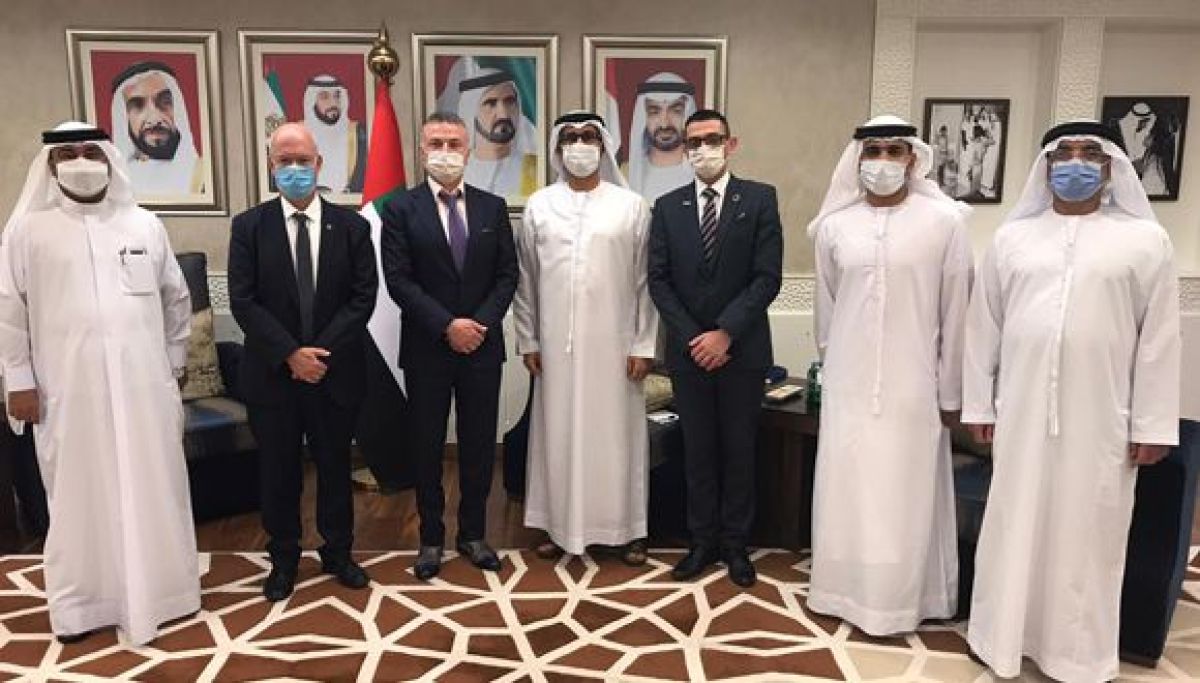

 Royal wedding souvenirs commemorating Harry and Meghan’s royal wedding
Royal wedding souvenirs commemorating Harry and Meghan’s royal wedding

